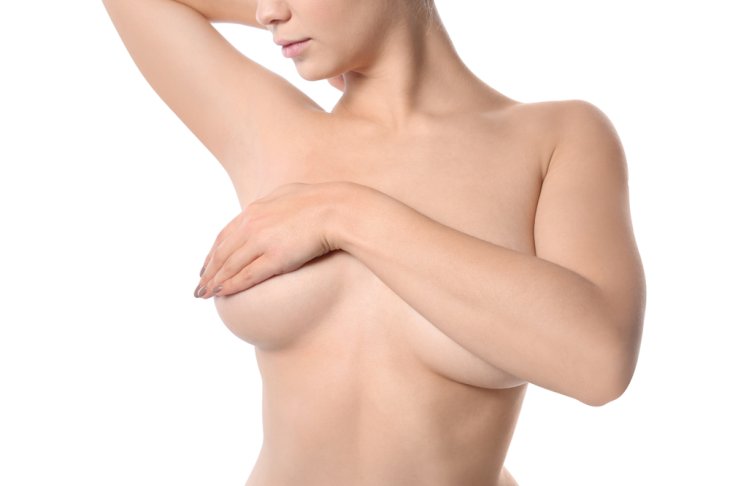
A Comprehensive Guide To Performing An At-Home Breast Exam
Screening pathways are critical, especially concerning the prevention of oncological diseases such as breast cancer. Women can start by carrying out self-examination before any medical checks to confirm possible breast cancer symptoms.
Regular checks of your breasts are essential to facilitate early diagnosis, significantly increasing the chances of survival. The survival of women with breast cancer five years after diagnosis and treatment is 98%.
To be effective, you must carry out the self-examination in the correct way. This post will serve as a guide to aid your self-examination at home.
What Is Breast Cancer Screening?

Photo by National Cancer Institute on Unsplash
Breast cancer is the giant killer of the female gender, and its incidence rate continues to grow even among the youngest, especially in the 30-35 age group. With about 55,000 new diagnoses every year, you should not neglect prevention in any way. From the age of 20, one should start doing self-examination consistently.
This is a crucial self-analysis tool that allows you to check for any changes in the breast. From the age of 25-30, the ideal would be to perform an annual breast examination and undergo an ultrasound scan. From the age of 40 onwards, in addition to the breast examination and ultrasound, it is also necessary to add mammography.
When To Do Self Examination
From the age of 20, breast self-examination should be performed once a month, between the seventh and fourteenth day of the menstrual cycle. The structure of the breast is susceptible to changes in hormone levels that occur monthly. Knowing your body allows you to distinguish which changes are to be considered normal and avoid confusion.
About a week after the end of the cycle, the breasts are less painful and turgid; therefore, specific changes in the breasts are more readily perceptible; if you are pregnant or going through menopause, the moment you perform the self-examination is indifferent.
It would be best if you remembered that other signs such as retractions or changes in the skin, secretions of fluid from the nipple, or changes in the shape of the breast should also prompt you to consult a doctor. There are also cases in which the disease is not associated with apparent signs and recognizable changes.
Therefore, self-examination must be combined with regular breast examinations and more precise instrumental examinations, such as breast ultrasound (generally recommended from 30 years of age) and mammography (40 years of age).
How To Do A Self-Examination
Self-examination takes place in two phases: observation and actual palpation.
Observation
During this phase, it should be observed if there are irregularities in the shape of the breast, changes in the color of the skin, cracking of the nipple, skin ulcerations, or dimples. The two breasts are rarely identical in every detail but are usually symmetrical and have a regular profile. Self-examination begins in front of a mirror, in a well-lit environment.
With the torso erect, the shoulders relaxed, and the arms at the sides, it is possible to observe the shape of the breast and the nipple, both from the front and from the side. Repeat the observation with the arms raised, stretched over the head, looking for any irregularities of the breasts.
Palpation
The palpation phase is performed in an upright position, bending the arm corresponding to the breast to be examined behind the neck. You should review the breast by sliding the inner part of three joined fingertips of one hand (index, middle, and ring finger) with small concentric movements.
It would be best if you repeated these spiral maneuvers for each quadrant of the breast. By moving the fingers in a circular direction, with gradually increasing pressure, it is possible to detect any nodules or hardening of the breast tissue.

Shutterstock
Perform the movements with the hand from top to bottom and, again, in a radial direction. Palpation from the axillary cavity continues around the curve of the breast. Repeat the same maneuvers in the supine position, with the arm corresponding to the breast you want to examine at the top, folded under the head.
In the last phase, press the nipple is gently between the index finger and thumb. Check for possible leaks of liquid (serum or blood); during this evaluation, you can help yourself with tissue to check the color of the secretion if necessary.